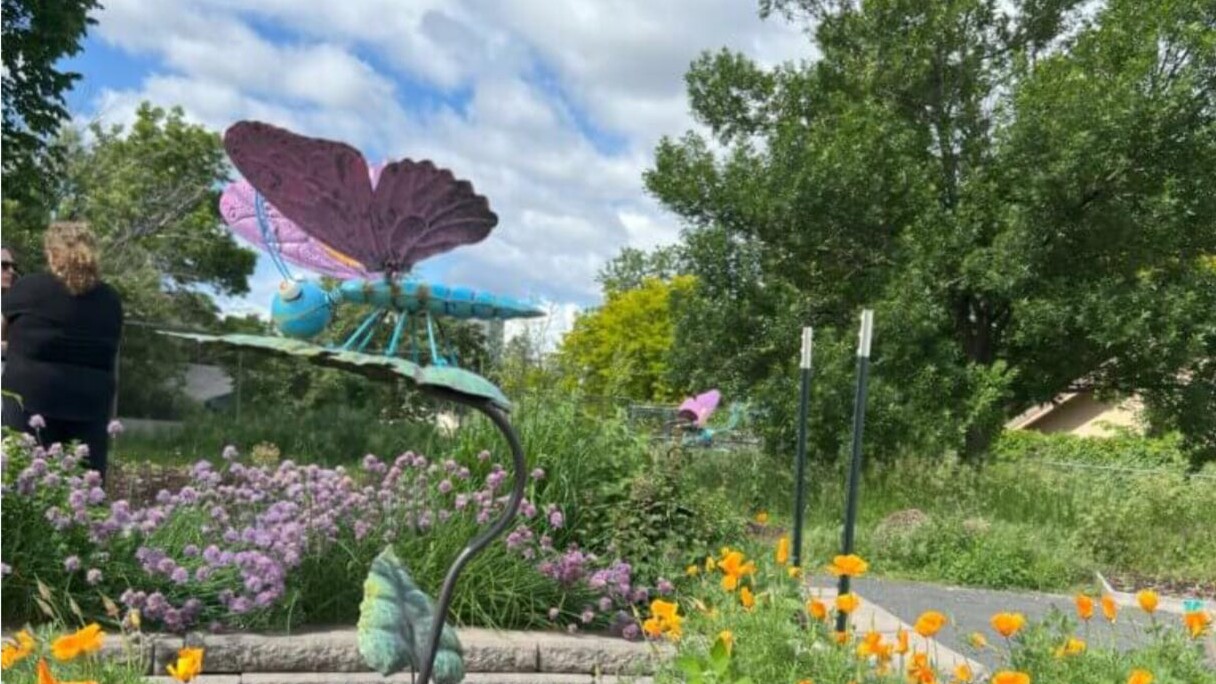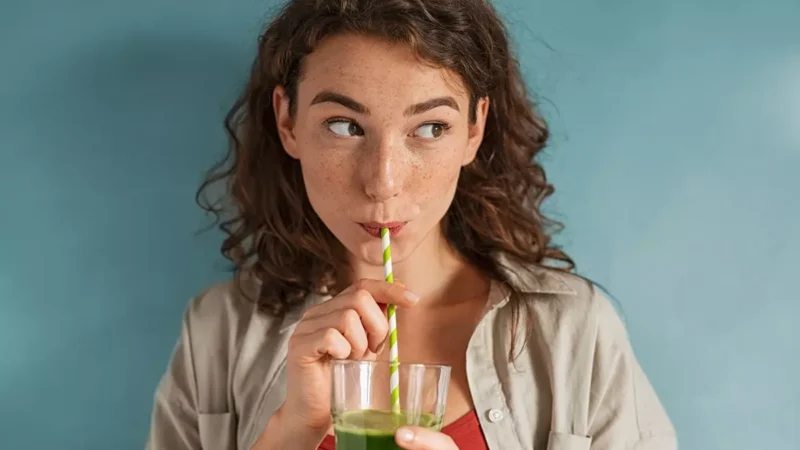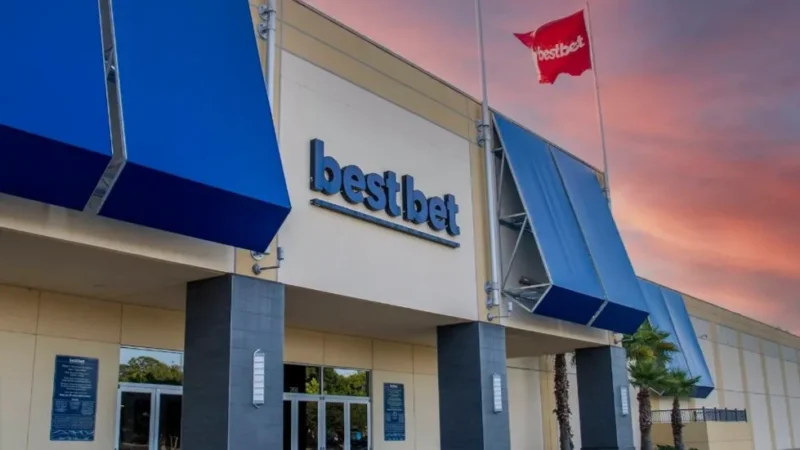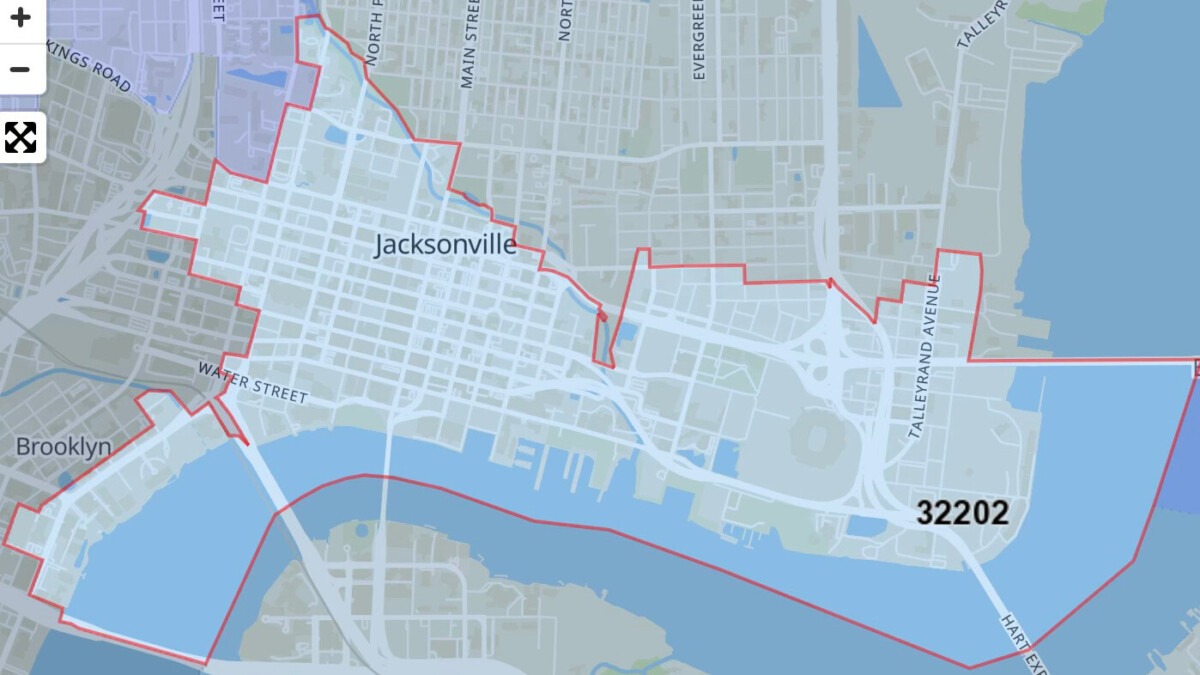Children, sadly, do not necessarily feel the love. Children’s play, according to researchers, has moved indoors, a phenomenon foreign to Boomers but common to their children and grandchildren.
Over the past 30 years, childhood increasingly consists of young lives lived in artificial environments, online and plugged into screen devices. Children today spend 90% of their lives disconnected from Mother Nature, with some 50 hours per week spent in front of a technology screen.
This disturbing worldwide trend has a nickname: “nature-deficit disorder.” It causes a deep sense of alienation and anxiety in children and youth, and in adults, and is described by journalist Richard Louv as a “broken bond” between humans and nature. Our “mental, physical and spiritual health,” Louv argues, depends upon recreating what once was a natural bond between humans and Mother Nature.
Children & Nature Network
Louv’s 2005 book Last Child in the Woods sparked the creation of Children & Nature Network, a nonprofit that envisions “a world in which children have access to the benefits of nature everywhere they live, learn and play.” The network helps community folks and decision-makers “turn the trend of an indoor childhood back out to the benefits of nature.” Its website is a treasure-trove of great ideas, community resources, and local efforts from across the globe to rebalance our relationship with nature.
Green schoolyards
One effort the network champions is green schoolyards, a movement to turn public school playgrounds into “outdoor classrooms,” many with native plant and vegetable gardens, “trails, trees, and water features.” Denver and Atlanta, among some 70 cities, have adopted school district-wide efforts to green their schoolyards, with playground designs that encourage natural curiosity and inventive play.
These public natural spaces are increasingly not only open during the day to school children but also to neighboring communities when schools are closed.
These schoolyards function as parks and as community assets, open to one and all throughout the year. Not sterile, not locked up, not a forbidden space.
Now there’s a concept worth pondering.
School Board elections
And that brings us, of course, to our upcoming School Board elections.
That’s right folks. Our local elections will be held Aug. 20, with early voting beginning Aug. 5 and ending Aug. 18.
This local primary — in which voters will elect nonpartisan circuit and county judges, party candidates for the U.S. Senate and House of Representatives and the Florida Legislature — includes Duval School Board Districts 1, 3, 5, and 7 seats.
Schools really should be top of mind, what with the school board’s pending decision to close as many as 30 public schools, as well as contentious issues like our constant wrangling about “to ban or not to ban” which books.
What do the school board candidates think of playgrounds? And children and nature? Find the candidates on this sample ballot and introduce them to green schoolyards and the Children & Nature Network website. Who knows? Someone might catch on.
This column appears under a partnership with JaxLookout.






